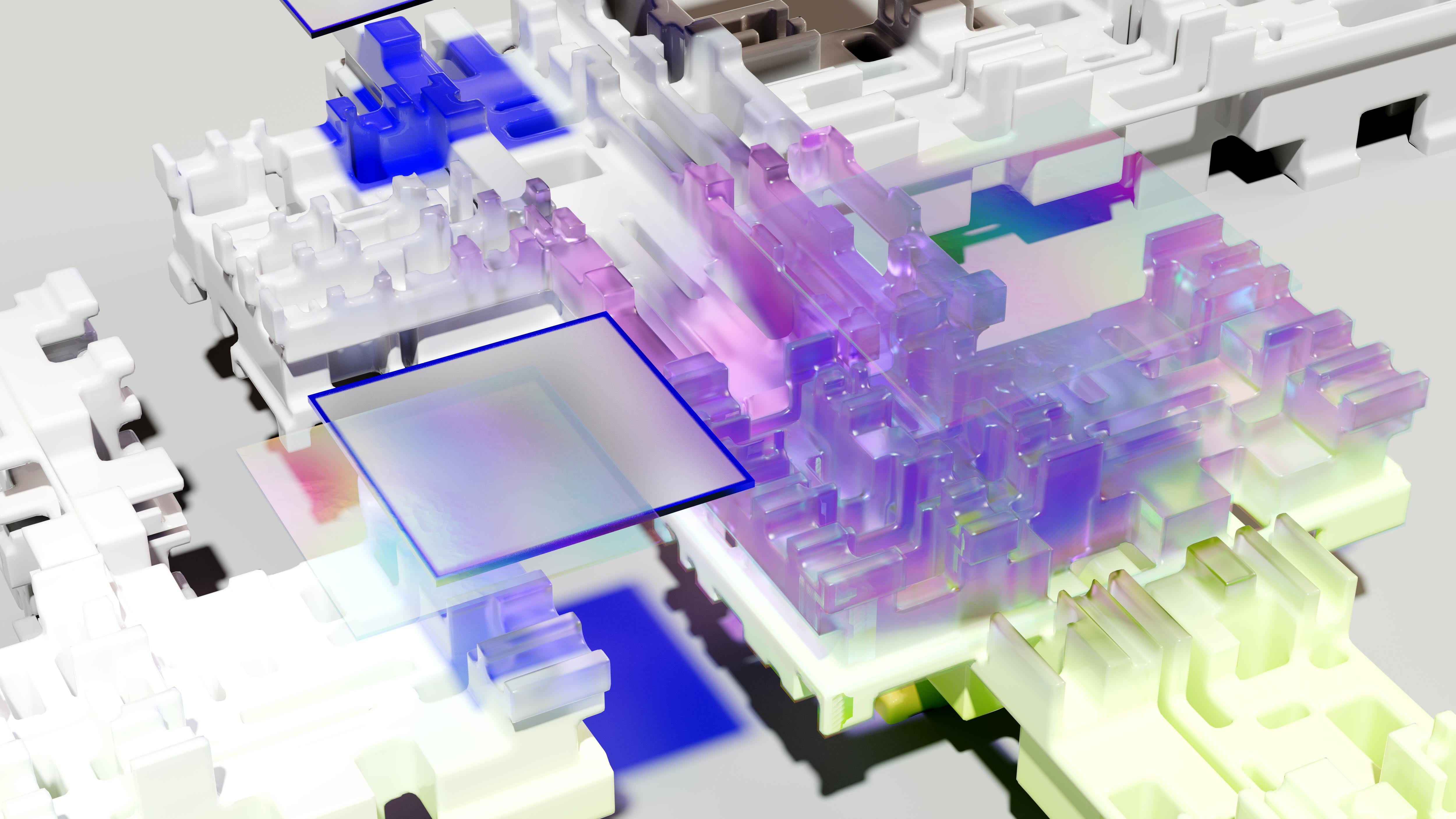Opportunity: Get answers to complex questions, fast
On the path to digital maturity, there will be plenty of obstacles to overcome. After all, experts estimate that 95% of product innovations fail. So—does your company have a strategy for meeting these inevitable challenges?
Selecting the right idea is among the most challenging elements of product innovation. Teams that pursue digital transformation with the greatest success are those that find ways to make tough choices quickly, and not let every question devolve into an extended debate. Instead, these teams have a trusted tool for getting answers and getting them fast. For us at Nansen, that tool is the design sprint.
Put simply, a design sprint condenses the long-term process of developing new products or features into just a few days. By fast-tracking through brainstorming, prototyping, decision-making, and user testing, this process helps teams answer big and tricky questions like “Are we building the right thing?” or “We have multiple ideas—which will get us the best ROI?”
Digitally mature companies don’t need to waste time, brainpower, and budget on months-long development projects. Instead, they save money by producing strategic and battle-tested new ideas, products and prototypes quickly.
Creating cohesive technology solutions for complex challenges is one of our specialties at Nansen—and design sprints are among our most powerful tools for getting to those solutions.
Mastering the design sprint is a critical step on the path to digital maturity.
Workshop / Process:
Google Ventures created the go-to template for design sprints, and we borrow from their approach.
A design sprint is a 5-day process. It begins with defining a problem to solve or question to answer, and then covers brainstorming, building, launching, and learning all in the span of a work week.

On day 1, the team agrees on the ultimate goal of the sprint, talks through all the components of the challenge, and seeks input from internal and (if relevant) outside experts. The last step on the first day is to define the team’s target, or the specific aspect of the challenge that will be solved by the end of the sprint.
On day 2, it’s brainstorming time. The team should look at existing products and ideas for inspiration, talk through how they might be adjusted or improved, and start developing some new concepts. Then they’ll take those concepts and start sketching prototypes, aiming to develop a number of ideas. This is also when users should be recruited for prototype testing.
On day 3, some tough decisions need to be made. Reviewing the group of solutions that team members came up with the day before, the first big task of this day will be to pick the best of the bunch to move forward with. Once that narrowing-down is done, the team creates a storyboard and starts to bring the prototype to life.
On day 4, the team builds a surface-level prototype of its solution. These “quick and dirty” interfaces only need to work well enough for users to try them and react, so they should be able to be completed in one day. The last task for this day is to prep for user interviews.
Finally, on day 5, the solution that seeks to answer the complex problem from day 1 gets put to the test. The team will interview users and observe them trying out the prototype. And as Google puts it: “At the end of the day, you’ll know how far you have to go, and you’ll know just what to do next.”
How a design sprint workshop helps
A customer came to us with a problem: their intranet system was set to expire soon, and they didn’t want to renew it. Instead, they wanted to overhaul the platform. Given that the new intranet designs needed to be done fast, before the old one was retired, this project was a perfect candidate for a design sprint. There was no need to spend months ideating, debating and backtracking before building the platform; a design sprint would get us to that point in a matter of days.
In the first few days of the design sprint, we defined the problem to be solved, sketched some ideas and voted on the best concepts of the bunch. Within the design sprint format, there was no room to slow down and debate endlessly; we made informed decisions and moved on. Then we built prototypes and let users try them out. At the end of the 5 days, we had our marching orders and could move into building the new platform.
With a new, more powerful intranet, our client partners took an important step towards full digital maturity, and they did it on their terms.
Take a step on your path to digital maturity: Talk to us about trying a design sprint with Nansen.













